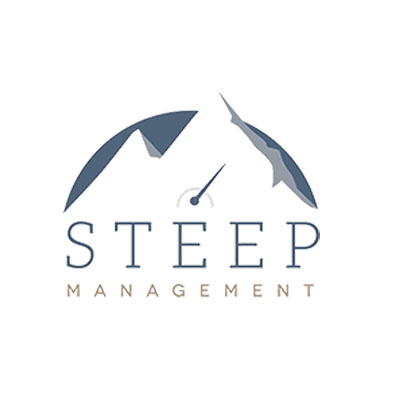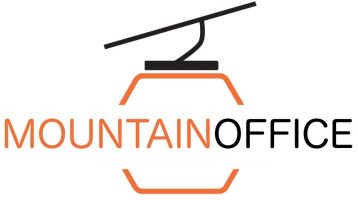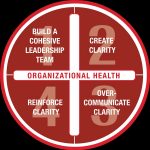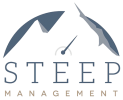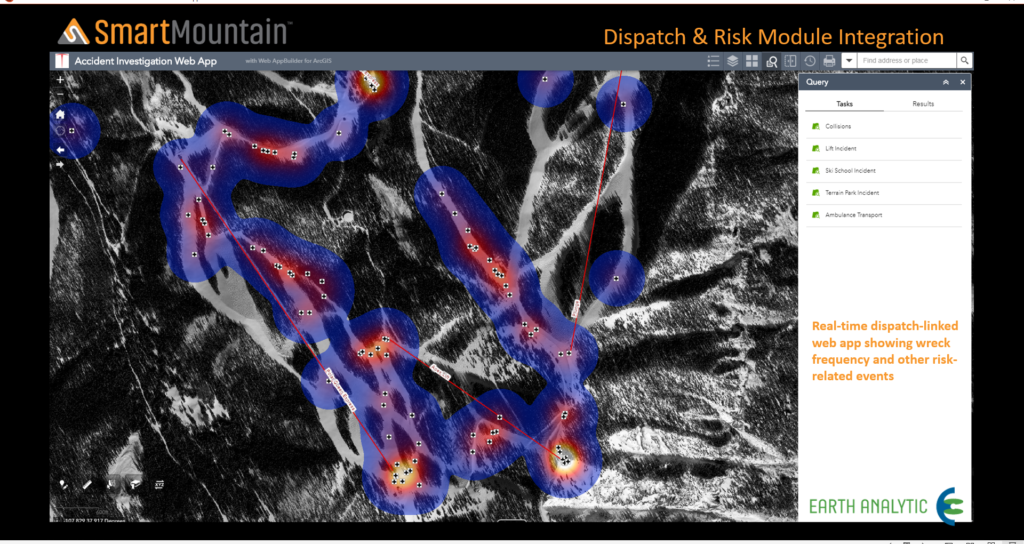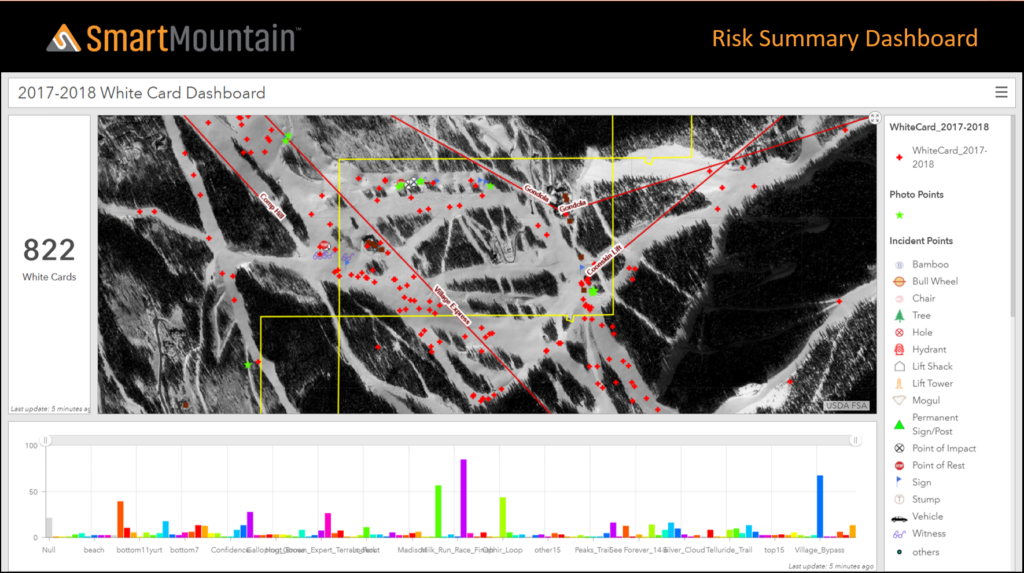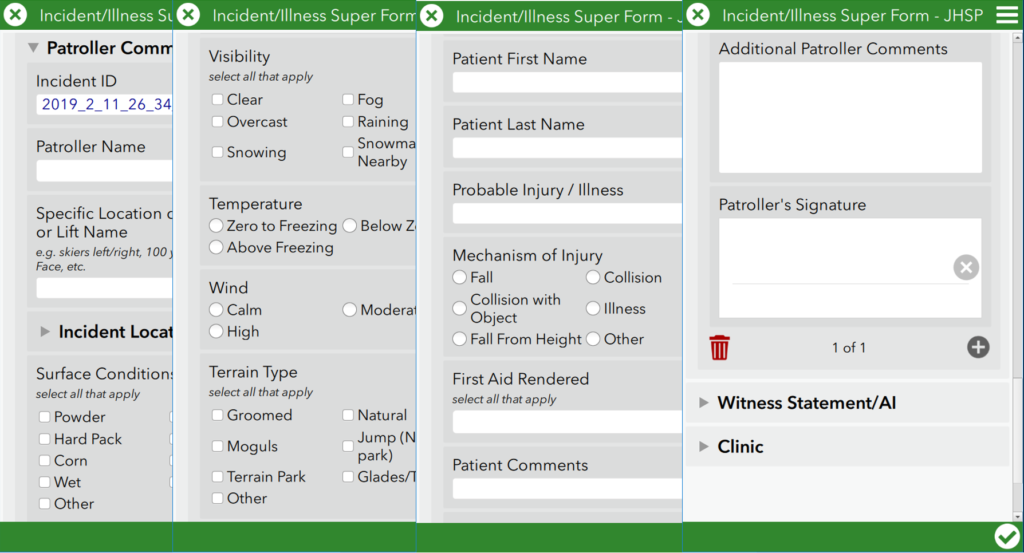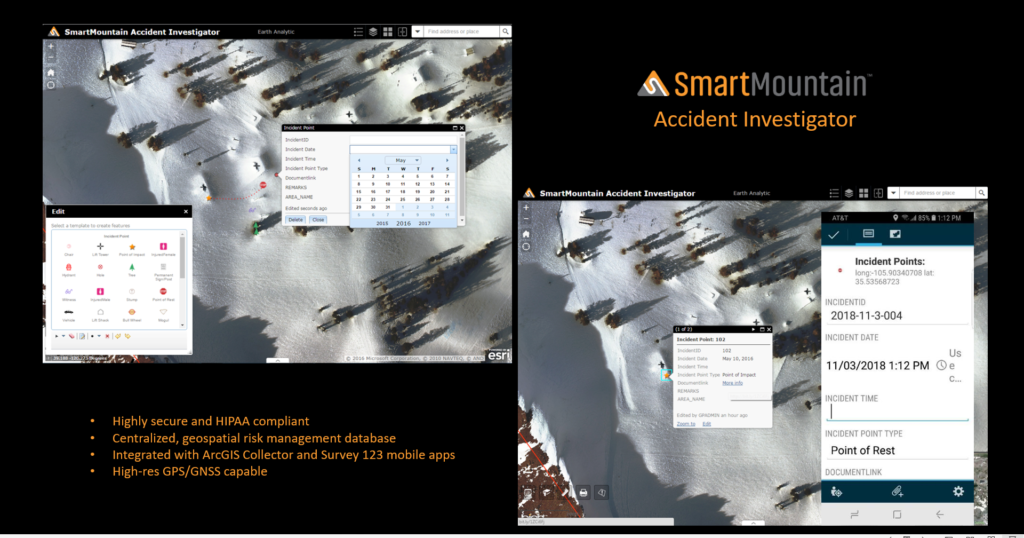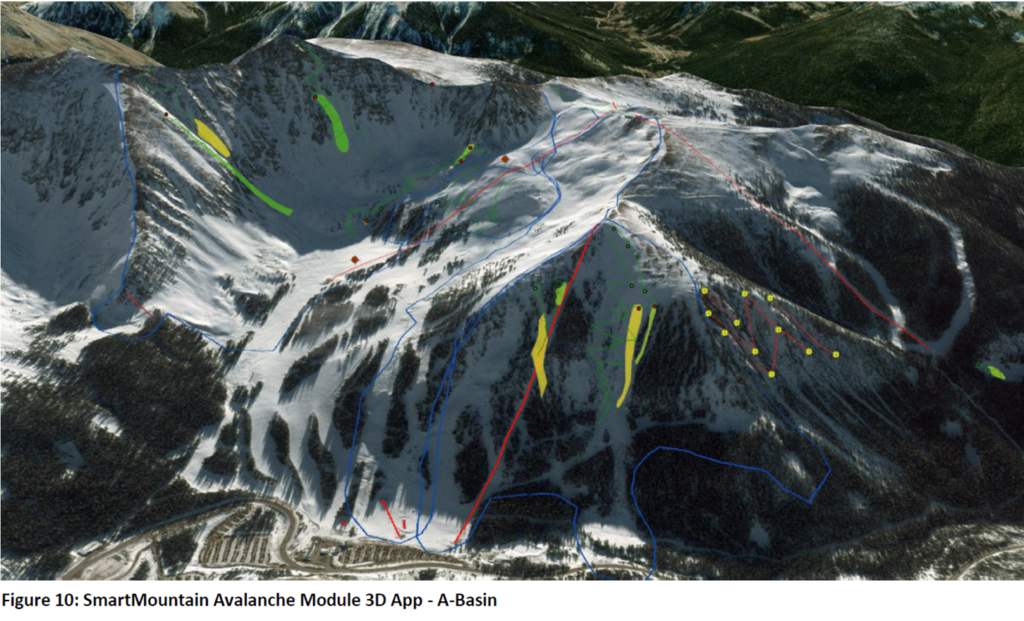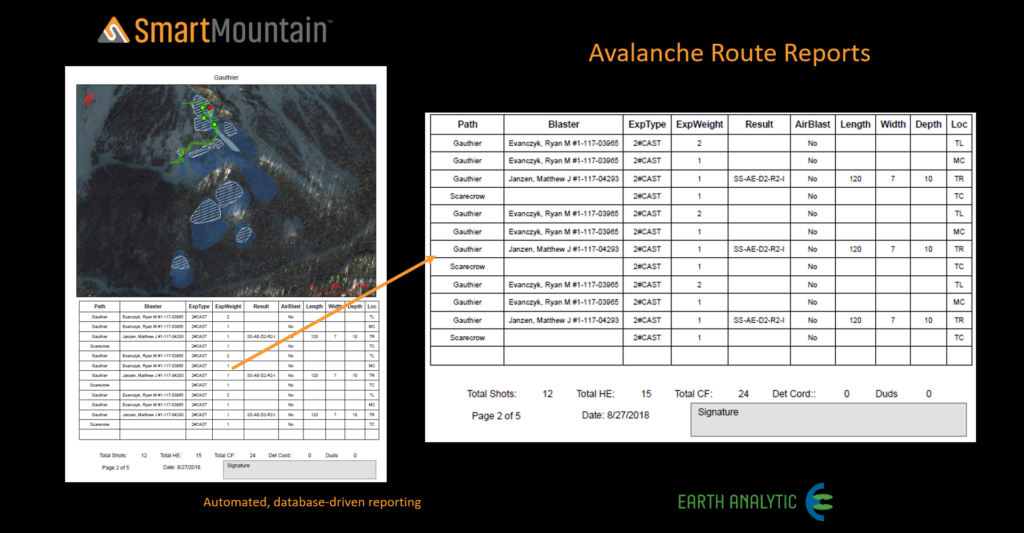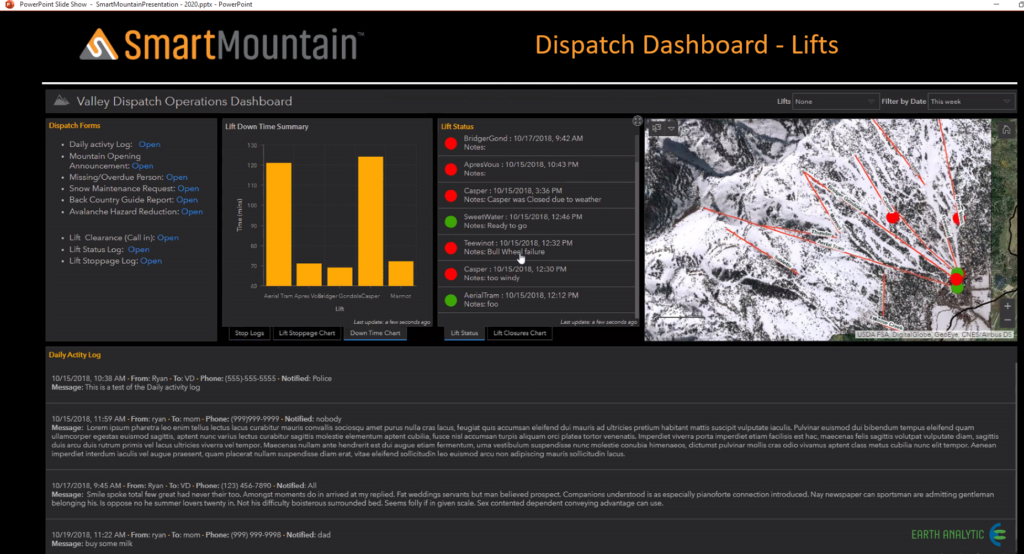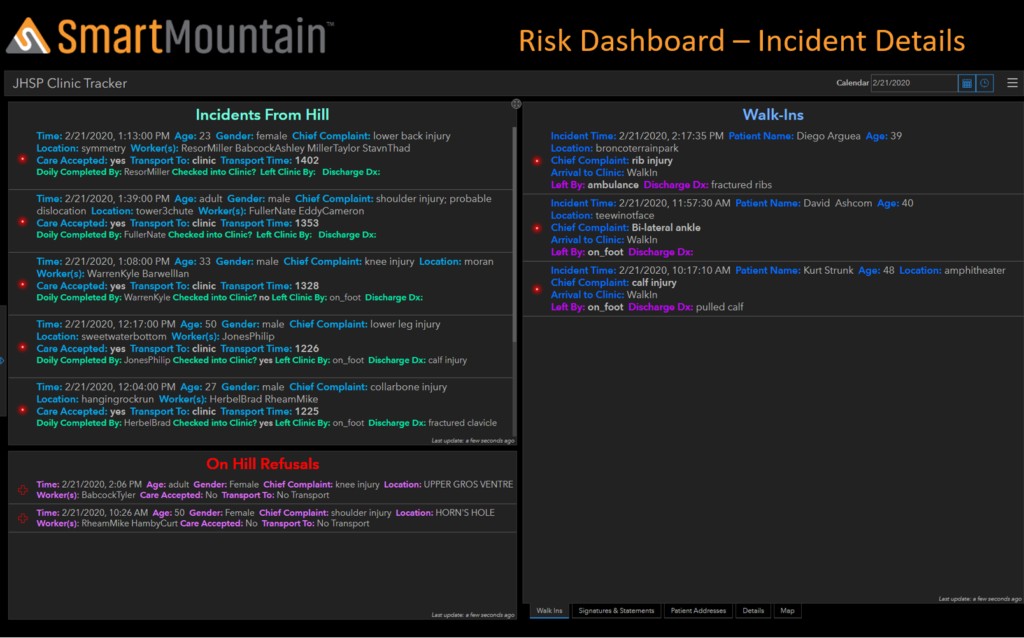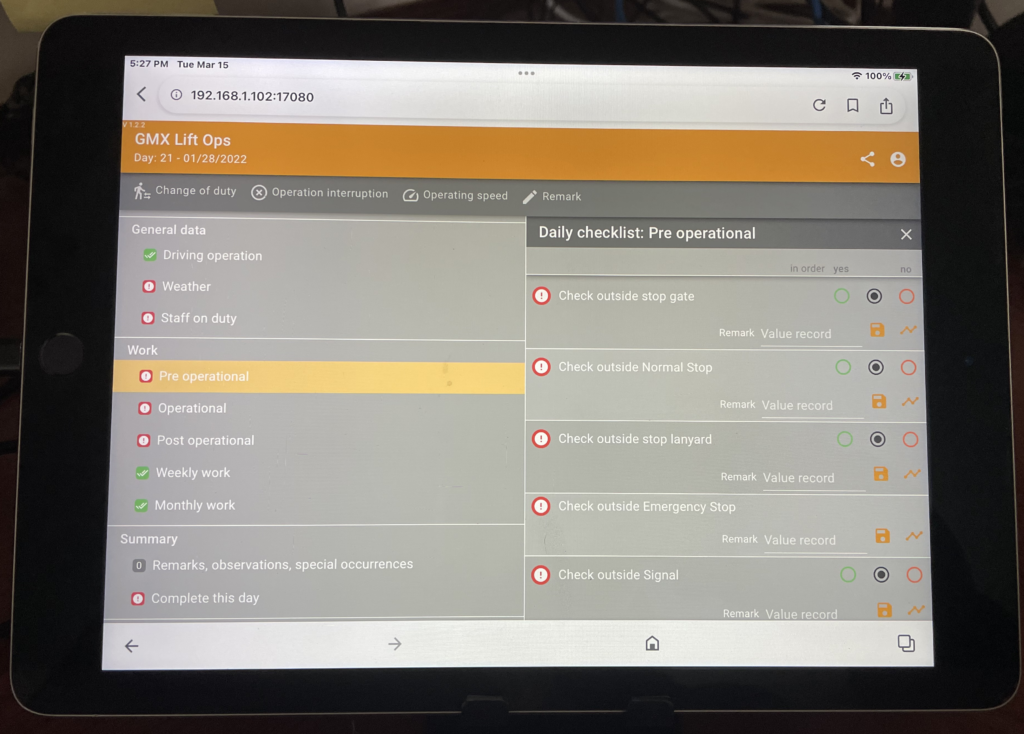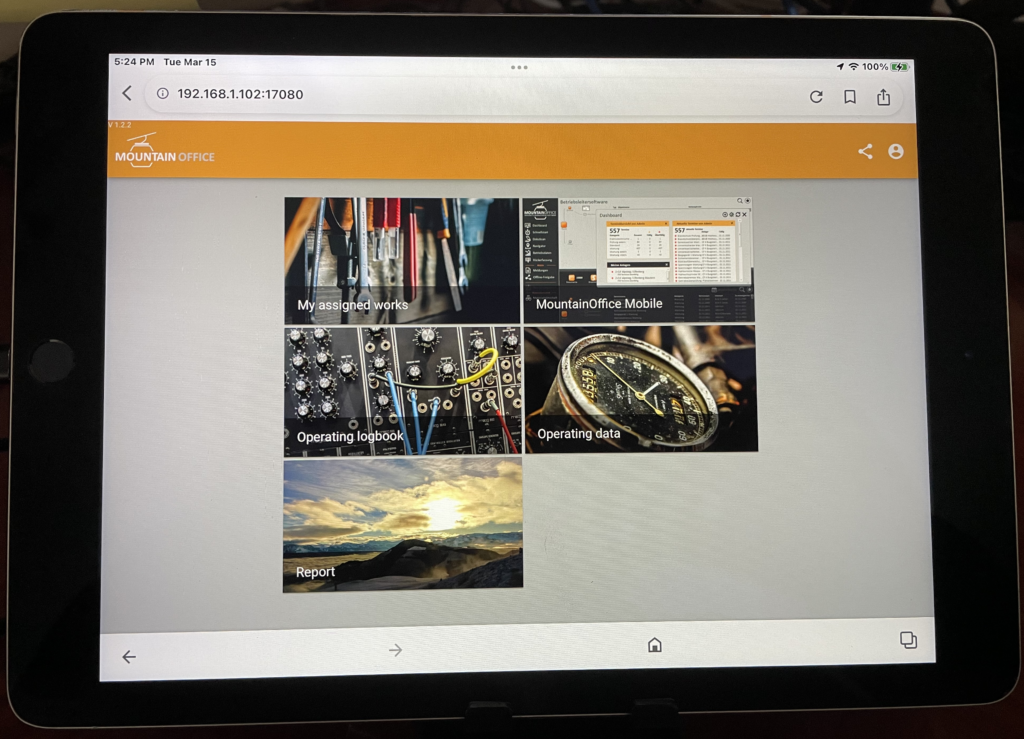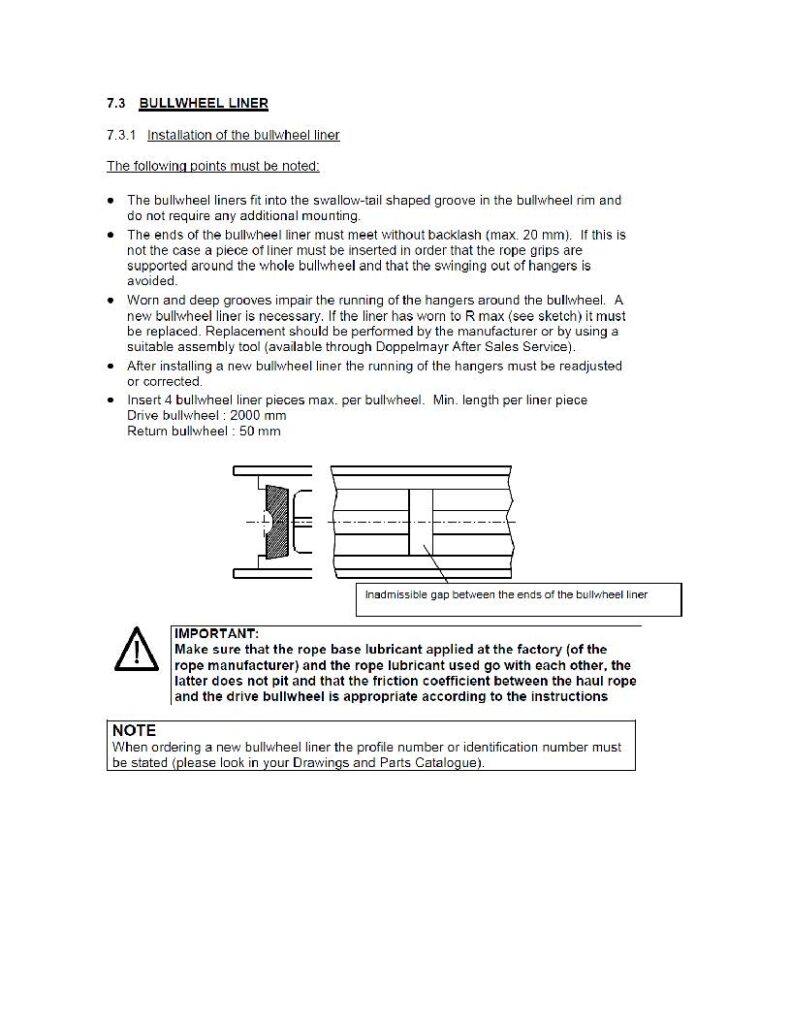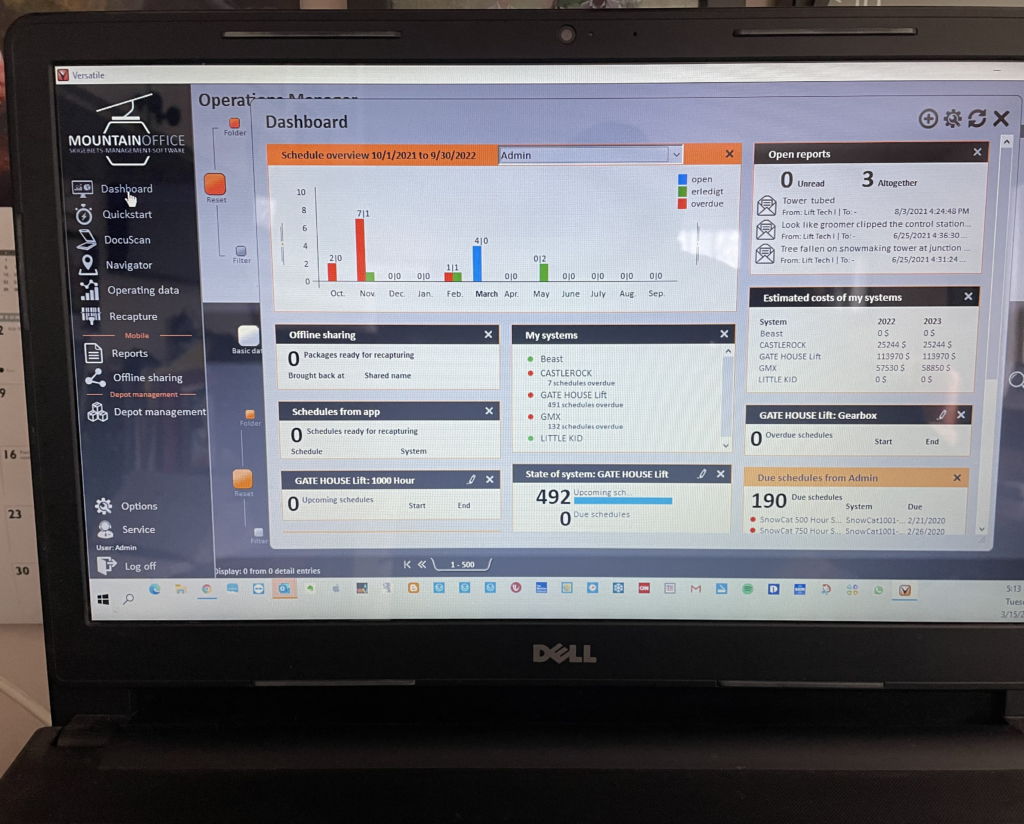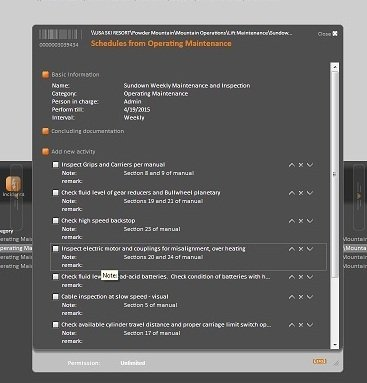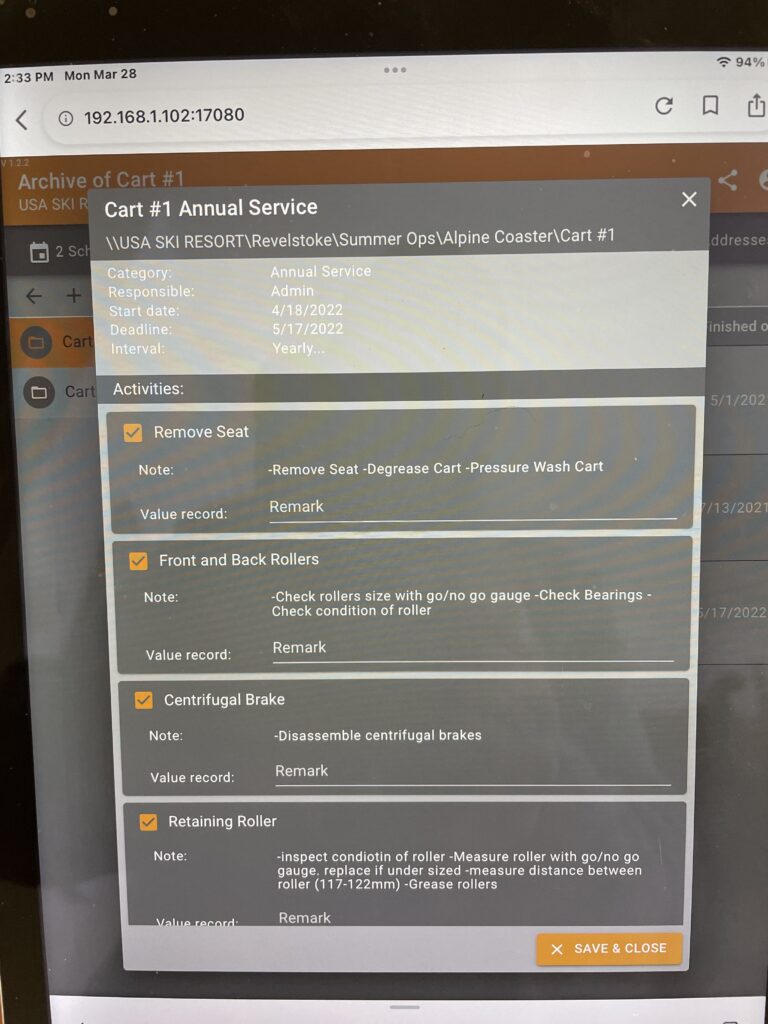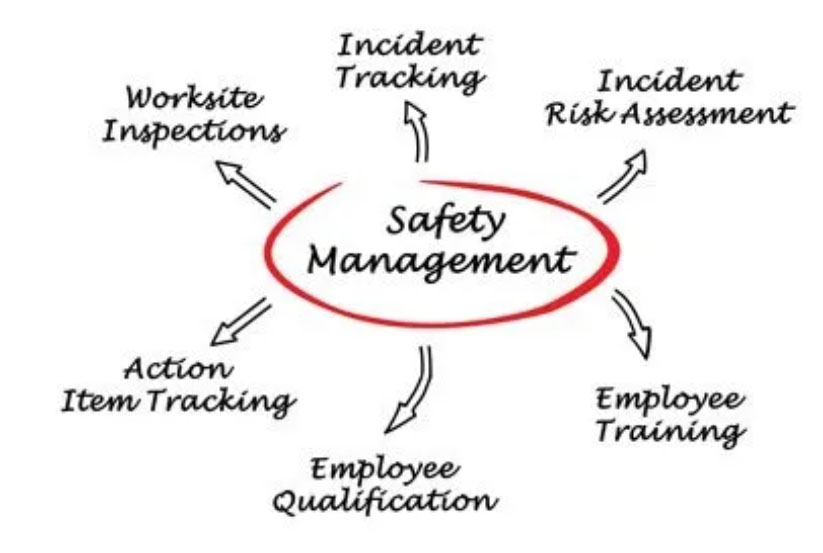 Safety is a critical component of our maintenance culture, or it should be if it isn’t. However, sometimes the importance of safety gets pushed to the back of our minds as we work under pressure to get things done. Maintenance folks in a ski area should be the leaders of a safety culture, especially lift maintenance teams. Much of lift maintenance’s work is about keeping skiers and riders safe as they ride your ski area’s lifts.
Safety is a critical component of our maintenance culture, or it should be if it isn’t. However, sometimes the importance of safety gets pushed to the back of our minds as we work under pressure to get things done. Maintenance folks in a ski area should be the leaders of a safety culture, especially lift maintenance teams. Much of lift maintenance’s work is about keeping skiers and riders safe as they ride your ski area’s lifts.
As lift maintenance managers and risk managers, it is important for you to be aware of signs that your team(s) may be dropping their guard in maintaining their safety culture. Here are five indicators that things might be slipping in relation to maintaining a high awareness of safety.
- They are failing to do a risk assessment prior to doing their work. Much of the work that is done on lifts is preventive maintenance that has been done many times, but that is not an excuse for not taking the five minutes to do a risk assessment prior to starting any work.
- They often override safety guards or mechanisms when fault finding. Although most ski areas have safe systems of work and physical barriers in place, some have loopholes or the potential for workarounds. In a poor safety culture, the mechanics will exploit them. It’s not unheard of to see mechanics reaching over guards into moving machinery, using a piece of electrical cable to short out a safety switch or energize an electrical contact, or working on conveyor rollers without isolating and locking off the power switch.
- They tend to ignore warning signs. A common indicator is mechanics not reading the safety notes or risk assessment of a PM task before proceeding with the work. They’ve done it before, right? But environments change, sometimes quickly, sometimes gradually. This is why risk assessments are a necessary part of the work process
- They don’t challenge each other on poor safety behaviors. One of the key elements of a positive and successful safety culture is people having the freedom and psychological safety to challenge each other if they witness unsafe acts. This can be difficult to do in practice as it may often be a cause of friction and confrontation. But in a team where no one regards each other’s safety as paramount, no one feels the need to challenge anyone. Or if they dare do it, they are made to feel like an outcast.
- They don’t always adhere to personal protective equipment (PPE) rules. How many times have you seen it? Not using hearing protection next to the air blower pump. Removing safety glasses to get a closer look at a bearing. Loose sleeves at the lathe. Not bending those knees when lifting an oil drum. These are basics. Pure and simple. And there must be zero tolerance.
So, if you do see them, you need to be a catalyst for change.
What to Do If You See Any of These Five Signs
If you’re a lift maintenance manager or vehicle maintenance manager, or even a risk/safety manager, keep your eye out for these warning signs among maintenance teams. They are a sure sign you need a cultural change in your ski area. This is not to say these problems are confined to the maintenance teams. Not at all. In Ski areas with a poor safety culture, it will be endemic and ubiquitous.
And this is where you should require strong, modern leadership to slowly turn around and orient those beliefs, behaviors, and actions that will eventually result in positive safety outcomes. Safety leadership from the very top and from yourself.
It is critical to instill a positive challenge mindset in your lift maintenance team. It’s difficult to do, but entirely worth it if it can save even one life or stop one serious injury.
